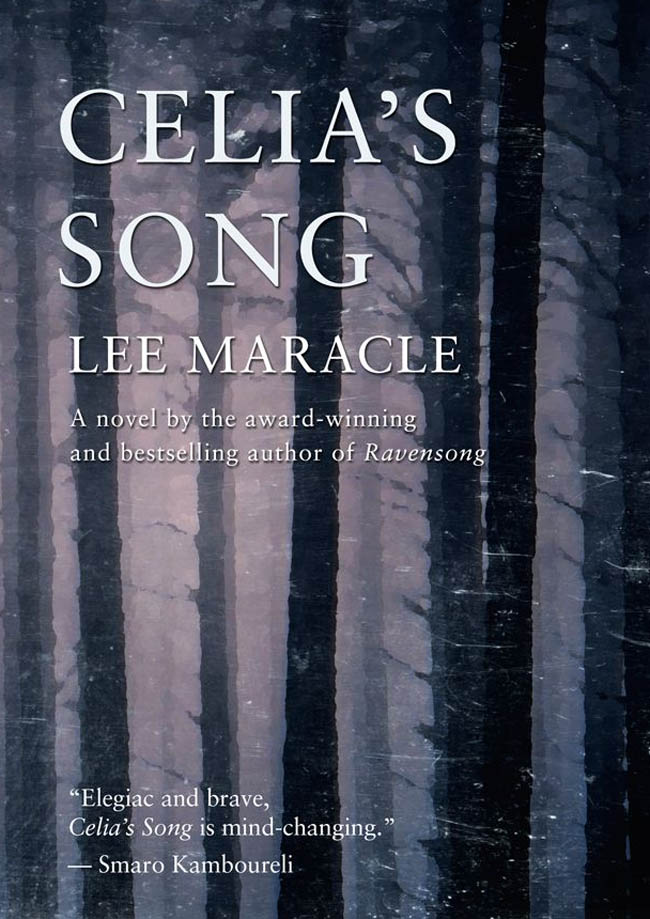‘Celia’s Song’ brings colonialism to life
 Reviewed by Christine Smith McFarlane
Reviewed by Christine Smith McFarlane
Celia’s Song is a complex but richly woven story that involves a Mink who is a shape shifter and serves as a witness to Celia and her family. Mink chronicles the experiences of Celia’s family on Nuu’chahlnuth territory over the course of several generations.
The book brings to life the destructive legacy of colonial times and shows a community’s capacity to heal. The characters are vivid, especially the main character Celia, who is a seer, unconvinced of her abilities. In several scenes readers can feel the torment that Celia encounters in her ability as a seer when at one point she is cleaning her house and stops to “pull the curtain down, turns down the volume of voices off, and lets herself drift into her private world of scattered moving pictures, disconnected from current time.”
I love how Celia’s memory is explained. “Her memories have no order. They roll forward of their own volition in a series of scenes that slip and slide across the floor of her mind,” because while reading, one can literally feel Celia’s thoughts and what she is going through.
Lee Maracle, is a master at weaving the stories of Celia and her family and the mink. I also find it intriguing the role of the sea serpent and how it dislodges itself from a longhouse and the chaos it brings to the village Celia resides in.
Celia’s Song is a read you will not easily forget. It sticks with you long after you put it down. It makes you think of the power of ceremony and how it can get you through the toughest of times
Celia’s Song, by Lee Maracle is published by Cormorant Booksand, 2014 ISBN: 9781770 864160


